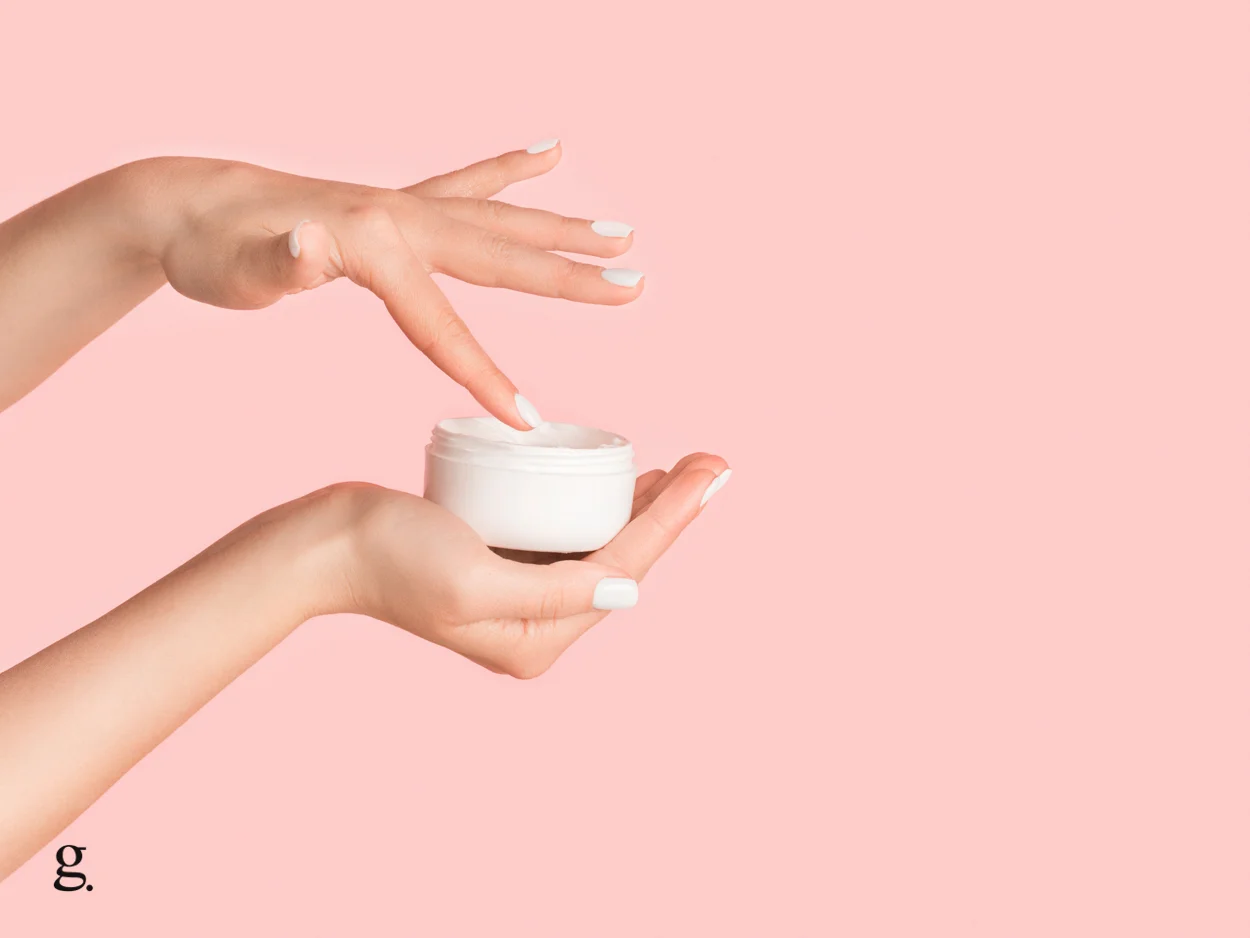With many different skincare products lining the shelves, it’s essential to find the ones that suit your skin type and address your concerns. But before diving headfirst into a new product, there’s one crucial step you shouldn’t skip: a patch test. It’s a game-changer, trust us!
Why Patch Testing Skincare Products Is Important
Patch testing skincare products is a crucial step that should never be overlooked in your skincare routine. In essence, a patch test is a simple procedure where you apply a small amount of a new product to a discreet area of your skin to check for any adverse reactions. This approach helps you identify any potential issues before incorporating the product into your daily routine.
One of the main reasons patch testing is so important is that it helps prevent allergic reactions, which can be painful, uncomfortable, and a damper on your self-confidence. It also allows you to avoid irritation, as even if you’re not allergic to a product, it may still cause redness, itching, or discomfort, especially if you have sensitive skin.
For those with acne-prone skin, patch testing is a lifesaver, as it helps identify potential acne and breakout triggers. This way, you can determine if a product might exacerbate breakouts or clog pores, allowing you to make informed decisions and maintain clear, healthy skin.
Patch testing can also save you time and money. By identifying products that aren’t suitable for your skin, you can avoid wasting time on a product that doesn’t work for you or, worse, causes problems. Plus, you’ll save money by not investing in products that aren’t compatible with your skin type.
Patch Testing For Allergic Reactions
When it comes to patch testing for allergic reactions, behind the ear is the go-to spot. This area has thinner, more sensitive skin, which can help reveal if you’re prone to any adverse reactions to a new product. Plus, it’s hidden, so if you happen to experience redness or irritation, you won’t be stuck wearing it like a badge of honor.
To perform a patch test for allergic reactions, follow these simple steps:
- Cleanse the area behind your ear with a gentle cleanser and pat it dry.
- Apply a small amount of the product in question to the cleansed area. Remember, less is more! A pea-sized amount should do the trick.
- Allow the product to sit on the skin for the recommended time, usually 24 hours. If there’s no specific recommendation, err on the side of caution and wait a full day.
- After the waiting period, check the area for any signs of redness, itching, or irritation. If you spot any of these symptoms, it’s best to avoid using the product on your face or body.
Patch Testing For Irritation
Patch testing for irritation is equally important as testing for allergic reactions. The goal here is to determine if a product might cause any irritation or discomfort, even if you’re not outright allergic to it. For this test, you’ll want to focus on the area where your skin is most sensitive.
For many people, sensitive areas might include the skin around the eyes, the neck, or the inside of the wrist.
Here’s how to perform a patch test for irritation:
- Choose the sensitive area where you plan to apply the product. Keep in mind that you want to pick a spot that’s easy to monitor and where the skin is thin and delicate.
- Clean the area with a gentle cleanser and pat it dry.
- Apply a small amount of the product to the selected area. Just like before, a pea-sized amount is perfect.
- Leave the product on the skin for the recommended time, or at least 24 hours if there’s no specific instruction.
- After the waiting period, examine the area for any signs of irritation, such as redness, itching, or discomfort.
If you notice any signs of irritation, it’s best to steer clear of the product or try another version that may be better suited for sensitive skin.
Patch Testing For Acne/Breakout Triggers
When you’re prone to acne or breakouts, finding skincare products suitable for you can be a bit of a minefield. That’s why patch testing for acne or breakout triggers is essential. By testing the product on the area where you experience breakouts the most, you’ll be able to gauge if it could potentially lead to more skin issues.
We know that patch testing for acne can admittedly be a bit nerve-wracking, as no one wants to intentionally trigger a breakout. However, it’s an essential step in preventing potential skin disasters. When weighing the options, consider this: would you rather deal with a small patch of acne or a full face flare-up?
Here’s how to perform a patch test for acne or breakout triggers:
- Pinpoint the area on your face or body where you typically experience breakouts. Common spots include the T-zone (forehead, nose, and chin) or along the jawline.
- Clean the area with a gentle, acne-friendly cleanser and pat it dry.
- Apply a small amount of the product in question to the selected area. You know the drill—a pea-sized amount is just right.
- Leave the product on the skin for a few days to see if any new breakouts or congestion occur. While reactions to products can sometimes happen within 24 hours, acne-related responses might take a bit longer to surface.
- Monitor the area closely during this time, looking for any new pimples, blackheads, or signs of clogged pores.
If you notice an increase in breakouts or congestion, it might be best to avoid using the product or opt for a non-comedogenic version that’s less likely to clog pores.
How big should the patch area be?
When it comes to choosing the right patch area size, striking a balance is key. You’ll want the patch to be large enough so that you can easily observe any reactions or changes, but small enough that if something does go awry, it won’t throw a wrench in your plans.
As a rule of thumb, aim for a patch area about the size of a dime or a small coin. This size should give you enough space to detect any potential reactions while minimizing the risk of causing major discomfort or irritation. Remember, the goal is to keep the patch test discreet, so that you can confidently carry on with your day-to-day activities without any unnecessary drama.
How long to leave the formula on your skin for
Skincare reactions can be quite unpredictable, as each person’s skin responds differently to various products. Some individuals may experience an immediate reaction within minutes or 24 hours, especially in cases of allergic reactions. On the other hand, others might take a bit longer to see negative effects. There are even anecdotes of people taking around a month to start breaking out from a product. This variability highlights the importance of paying close attention to your skin’s reactions and being patient when introducing new products into your skincare routine.
The length of time you should leave a product on your skin during a patch test can vary depending on the product type and the reaction you’re testing for, however, a general guideline is to leave the product on your skin for at least 24 hours. This duration allows for potential reactions to the surface while not being excessively long.
That being said, always make sure to follow any specific instructions provided by the product manufacturer. Some products, especially those designed for sensitive skin or with active ingredients, might have unique guidelines for patch testing.
In the case of patch testing for acne or breakout triggers, it’s a good idea to leave the product on the skin for a few days, as acne-related reactions might take longer to become noticeable.
Conclusion
Patch testing is an essential step that can save you from unwanted skin reactions and help you find the perfect skincare products for your unique needs. By taking the time to test new products and paying attention to your skin’s responses, you’re investing in the health and radiance of your complexion. Remember, it’s always better to be safe than sorry when it comes to skincare. So, don’t skip the patch test and confidently build a routine that works wonders for your skin.

